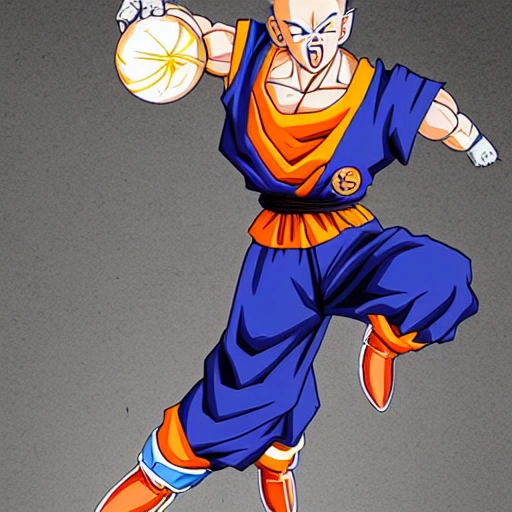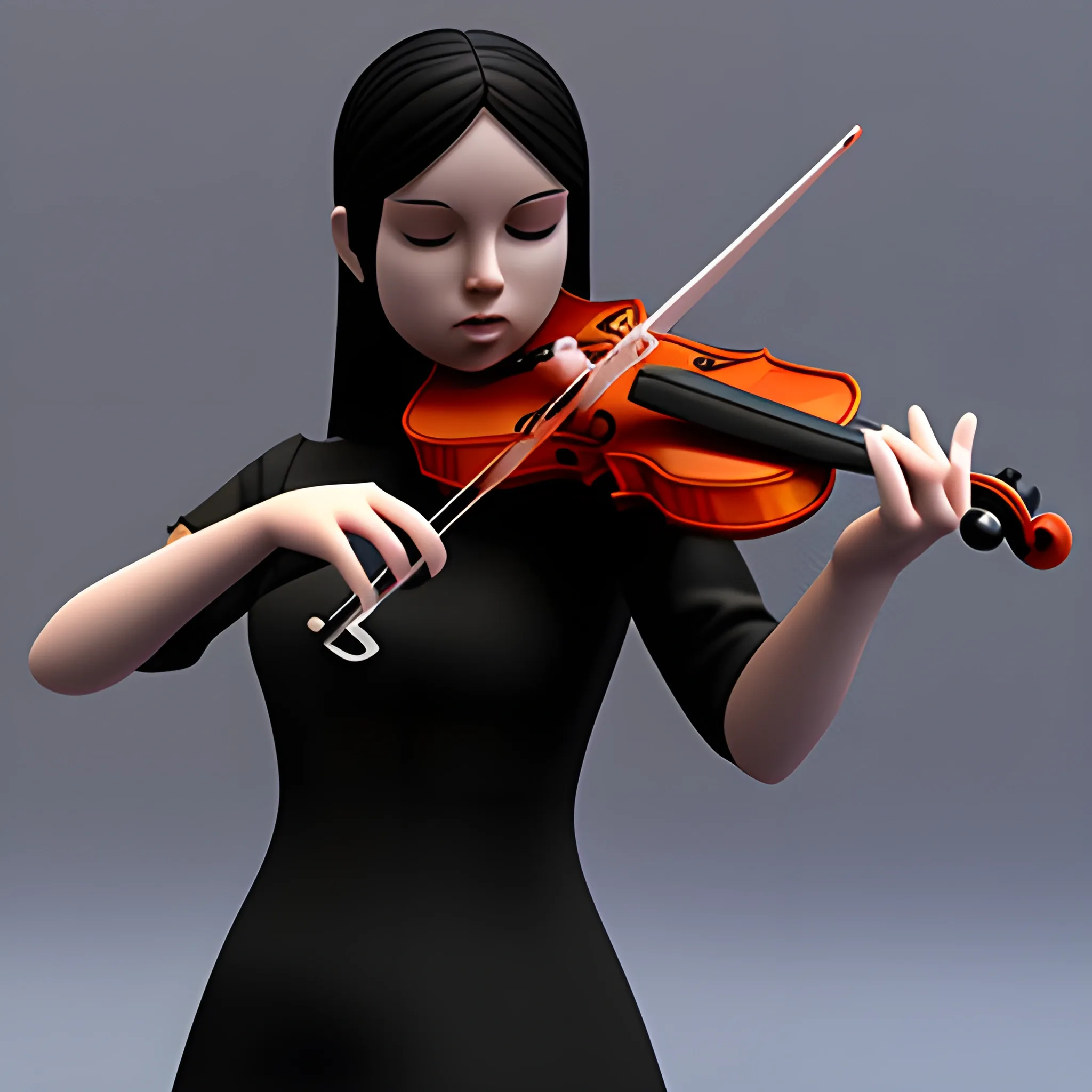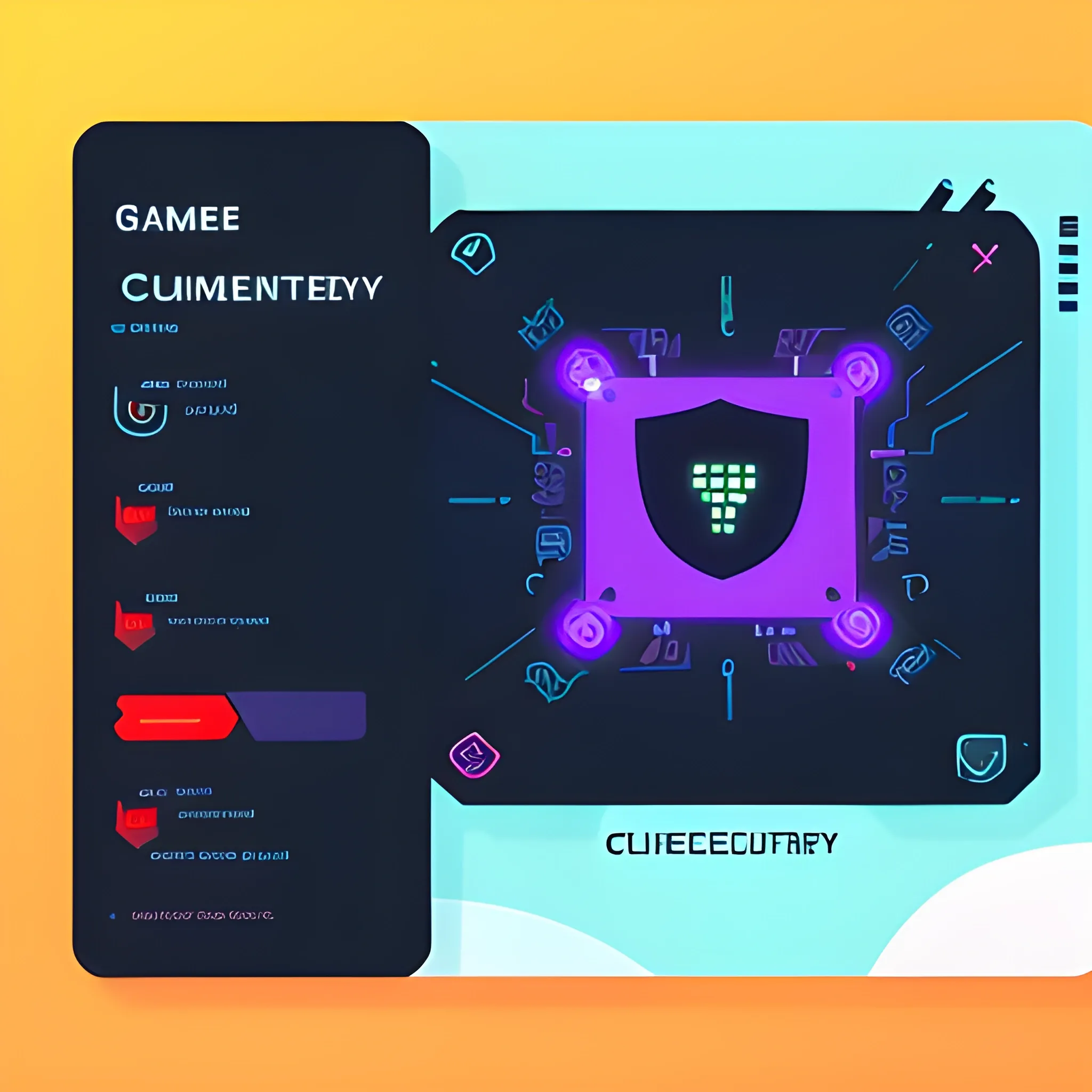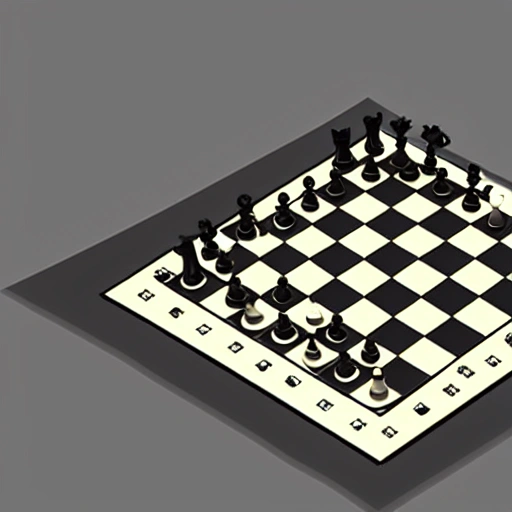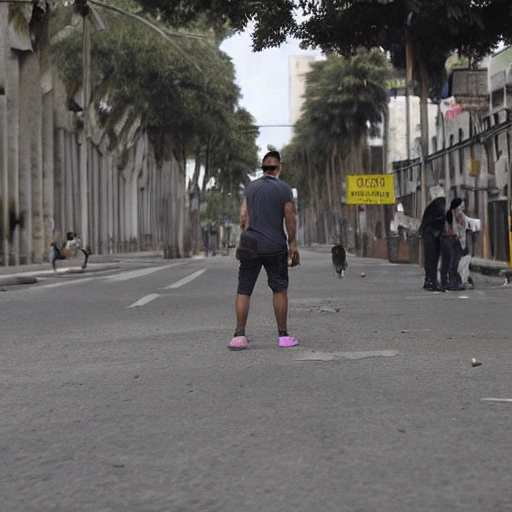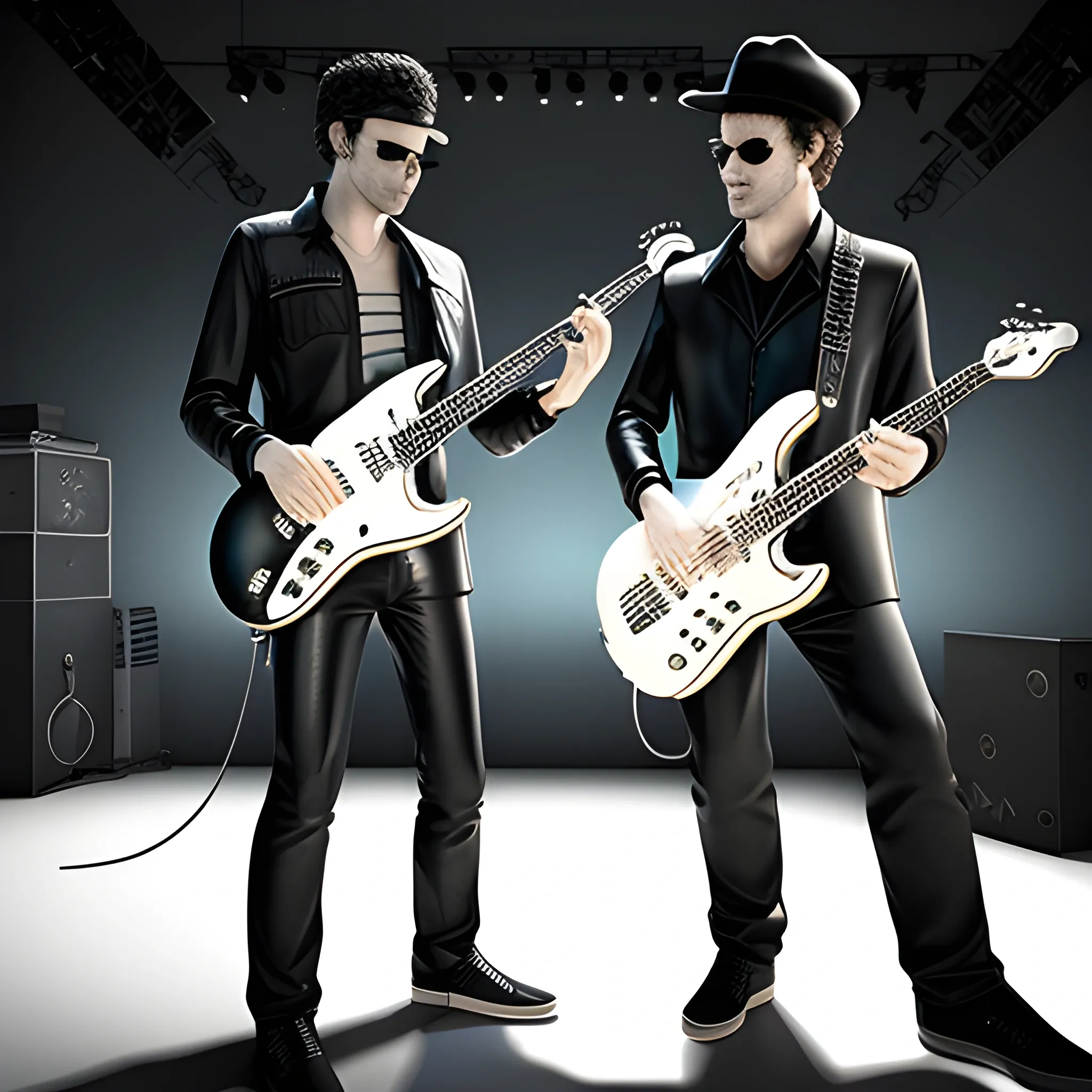Search Results for player
Explore AI generated designs, images, art and prompts by top community artists and designers.
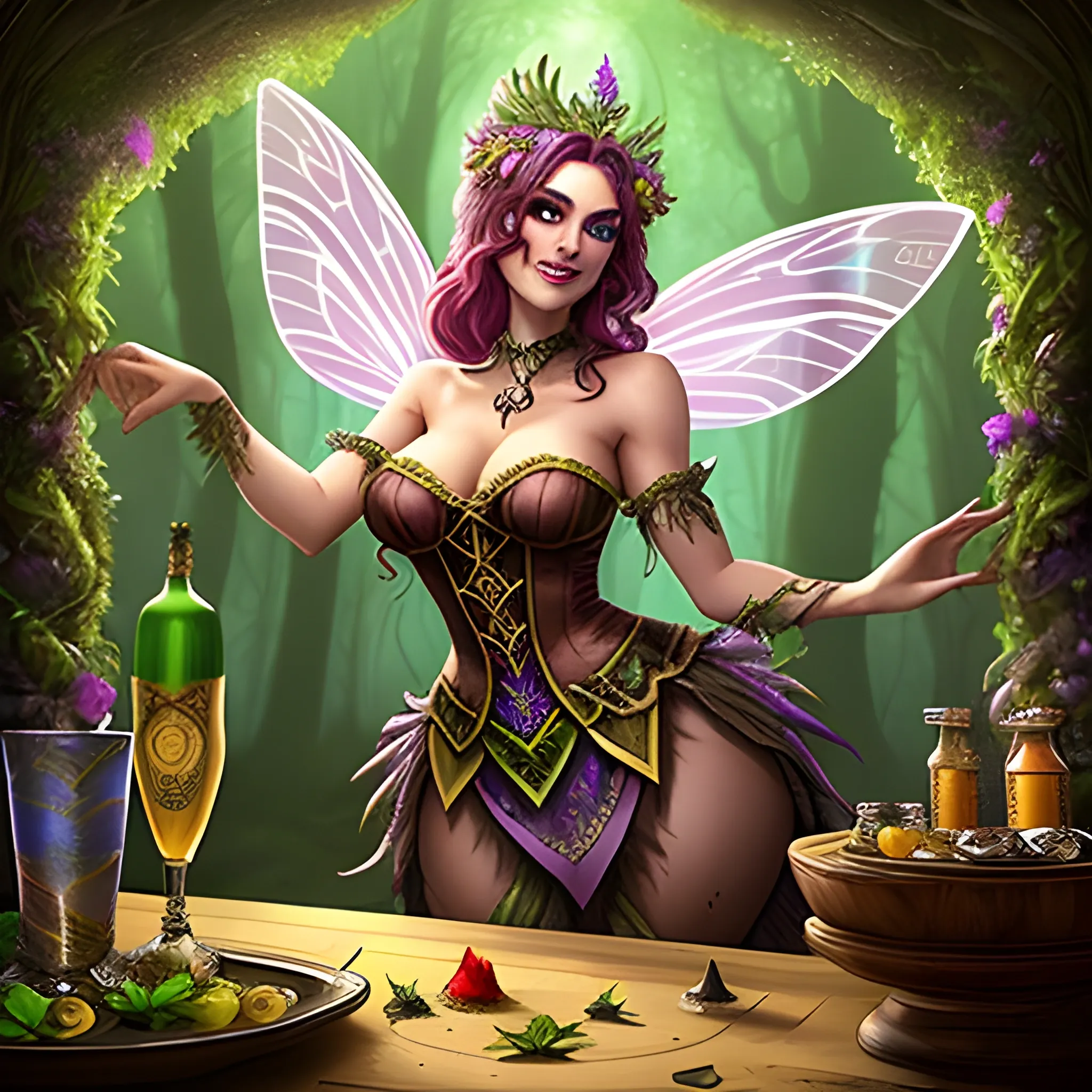
Appearance: The fairy bartender is a tiny and enchanting creature , standing no taller than a foot. With delicate , iridescent wings that shimmer in various colors , they move gracefully through the air , flitting from one customer to another. Their tiny figure is adorned in elegant and ethereal attire , a mix of delicate fabrics and flower petals. Their eyes sparkle with mischief and wisdom , and their laughter is a musical melody that captivates all who hear it. Features: This fairy bartender possesses an otherworldly charm that draws patrons in like moths to a flame. They have an innate ability to sense the emotions and desires of those they serve , making them experts in recommending the perfect drink to suit each person's mood. Despite their diminutive size , they exude an aura of confidence and elegance that commands respect. Habitat: The fairy bartender can be found in hidden groves , enchanted glades , or secluded woodland taverns that only those with a keen sense of adventure can stumble upon. Their establishments are often tucked away in places where the mystical and mundane worlds overlap , allowing them to cater to an eclectic mix of clientele. In your DND world , the fairy bartender might be the guardian of a secret fey haven or the host of a whimsical tea party deep within a magical forest. Behavior: True to their fey nature , the fairy bartender possesses a mischievous streak , often delighting in playful pranks or riddles. They are known for their ability to spin enchanting tales and engage patrons in captivating conversations. While they are quick to smile and laugh , they can also display a sense of ancient wisdom , their timeless existence granting them a unique perspective on the world. Role in the World: In your DND world , the fairy bartender serves as a link between the mystical and mortal realms. Their taverns are sanctuaries where adventurers can momentarily escape the rigors of their quests and immerse themselves in the enchantment of the fey. The fairy bartender may be a well-guarded secret among those who value the beauty and magic of the natural world. Encountering a fairy bartender in your campaign is an extraordinary and magical experience for players. It presents an opportunity to delve into the wonders of the fey and the ethereal aspects of your world. Players may find themselves in awe of the tiny creature , drawn into their stories and entranced by their enchanting presence. The presence of a fairy bartender in your campaign world adds an element of whimsy and wonder , elevating the mundane tavern experience to an otherworldly encounter. This NPC can become a memorable and beloved character in your DND campaign , leaving a lasting impression on players as they continue their adventures in a world where the line between reality and enchantment blurs. ,

she - ra with sword , Power Ranger , vibrant greenery , three quarter view , jetpack , homoerotic | by Mark Maggiori ((((and Alphonse Mucha))) | trending on artstation , purple mist , clothed in battle armor , dream recording , devil horns and black hair in a desert , hornwort , wooden parquet , ready player one , the idiot is just happy to be there , playing techno house music , beautiful detailed dress , cinematic romantic magical ,

In this image , we can see Kobe , Messi , and Maradona standing on a wide field , each wearing their own sports gear , emanating confidence and strength. The facial expressions of the three are very distinct , with Kobe's brows slightly furrowed , Messi's lips slightly upturned , and Maradona with a thoughtful expression. They maintain a relative distance between them , staring at each other as if communicating silently. Kobe holds a basketball in his hand , Messi places a soccer ball at his feet , and Maradona holds a soccer ball in his hands , with each demonstrating their own professional skills. The surrounding environment is spacious , with a bright blue sky and sunshine illuminating the entire field. On either side of the field are some fans waving banners with the players' names , cheering passionately for the three. The whole scene is very joyful and harmonious , leaving a deep impression on people. ,
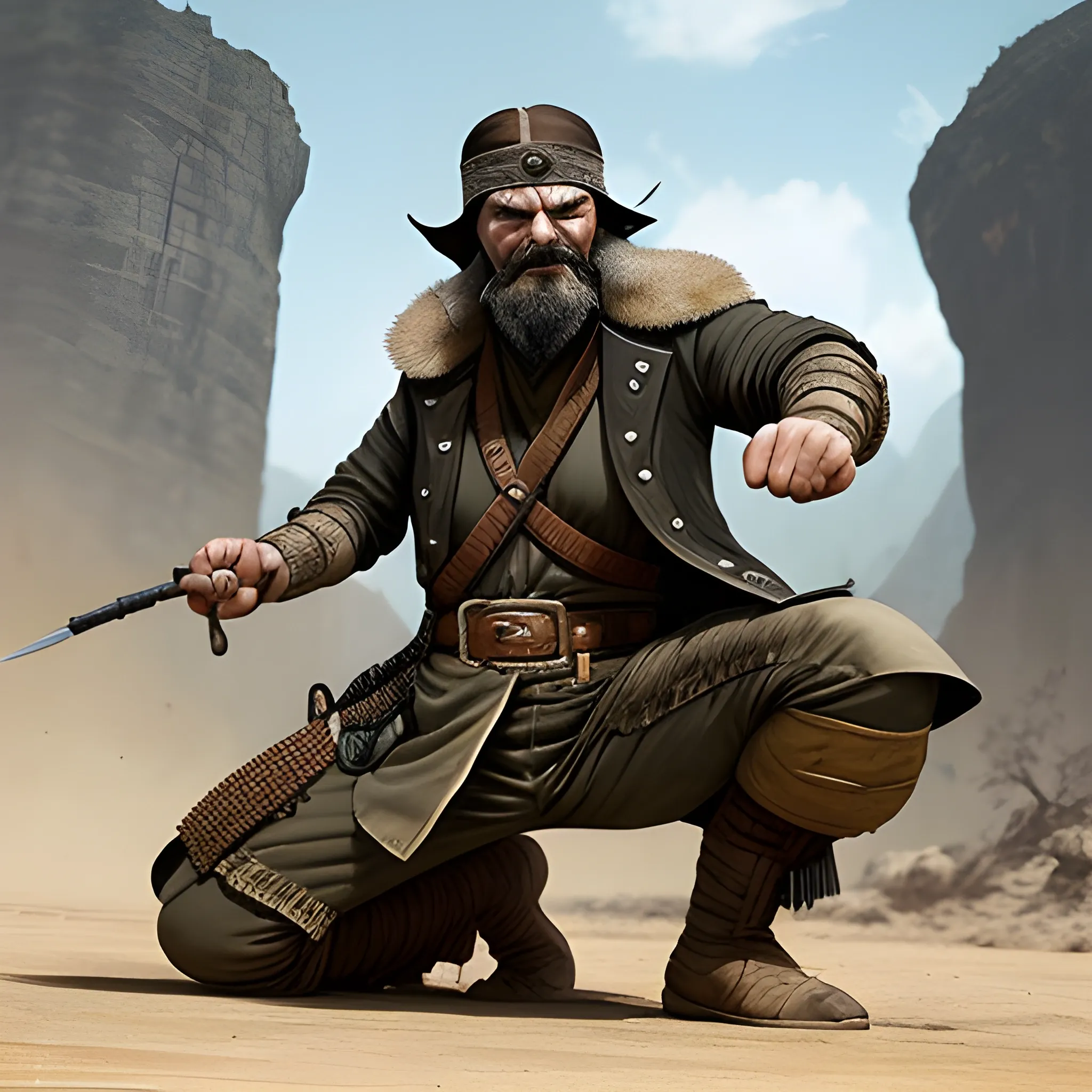
Appearance: The Bandit Leader is a commanding figure , exuding an air of authority and charisma that sets them apart from the ordinary members of their gang. They dress in more elaborate and well-maintained clothing , often adorned with stolen jewelry or symbols of power. Their attire may be a mix of practicality and ostentation , showing off their wealth and status while ensuring they can move freely in combat. The Bandit Leader may have a distinctive and fearsome appearance , with battle scars or an imposing physical presence that demands respect from their followers. Features: The Bandit Leader is not only a skilled fighter but also a cunning strategist. They possess tactical knowledge , able to plan and execute ambushes and raids with precision. The Bandit Leader is usually armed with high-quality weapons , whether a finely crafted sword or a specially customized bow. Their combat skills and combat prowess make them a formidable adversary in one-on-one combat , and they often lead from the front during raids. Habitat: The Bandit Leader's territory is typically a well-hidden and fortified stronghold , strategically chosen to offer both defense and escape routes. These hideouts may be deep in the wilderness , atop rocky cliffs , or concealed in dense forests. In your DND world , the Bandit Leader might operate from a secluded fortress , a smuggler's den , or even from within the heart of a city , using their influence to conceal their true identity. Behavior: The Bandit Leader is a cunning and ambitious individual , driven by a desire for wealth , power , and control. They are ruthless in their pursuit of dominance , often betraying or eliminating rivals to consolidate their position. The Bandit Leader can be charismatic and manipulative , skilled at inspiring loyalty among their followers through promises of riches and protection. However , they are also quick to punish those who fail them or show any signs of disloyalty. Role in the World: In your DND world , the Bandit Leader serves as the central antagonist to adventurers seeking to thwart criminal activity and restore law and order. They may be the head of a notorious bandit gang , a powerful crime lord with influence over multiple territories , or a charismatic rebel leader opposing a tyrannical regime. Encountering the Bandit Leader in your campaign can be a climactic and high-stakes event , representing the culmination of the adventurers' efforts to confront criminal activity and protect innocent lives. The Bandit Leader's defeat might serve as a major turning point in the campaign , leading to the dismantling of the gang or the exposure of a larger conspiracy. The presence of a Bandit Leader in your campaign world adds an element of intrigue and danger to the setting. Players will need to gather information , form alliances , and carefully plan their approach when confronting such a formidable foe. Engaging with the Bandit Leader and their gang can create thrilling and memorable encounters , providing players with opportunities for cunning negotiation , daring heists , and epic battles that will shape the course of your DND world's history ,

full frame masculine beefy , super hairy bodybuilder man , in lace and pearls bodysuit , with large bulging crotch and a white stocking suspender belt around the waist long sexy stockings , high heels , huge back round muscle ass , huge round back. huge breast. sweating in a locker room full of big rugby players. Super detailed atmosphere , 8k Ultra HD , unreal engine 5 render photoshoot , perfect lighting. detailed face. octane render. ,

Panopticon maze sky: justforfun Creation:0.1 , photography :detailed , high quality , DSLR , beautiful Tennis player , view from bottom( full body shot ) of ((anti gravity girls))) , dressed in ((Tennis costume)) , floating , beautiful face , blonde hair , ( Motion action:1.4) , dynamic pose (Beautiful eyes) , (dark )theme , at tennis court , realistic shadow rendering :post processing ,
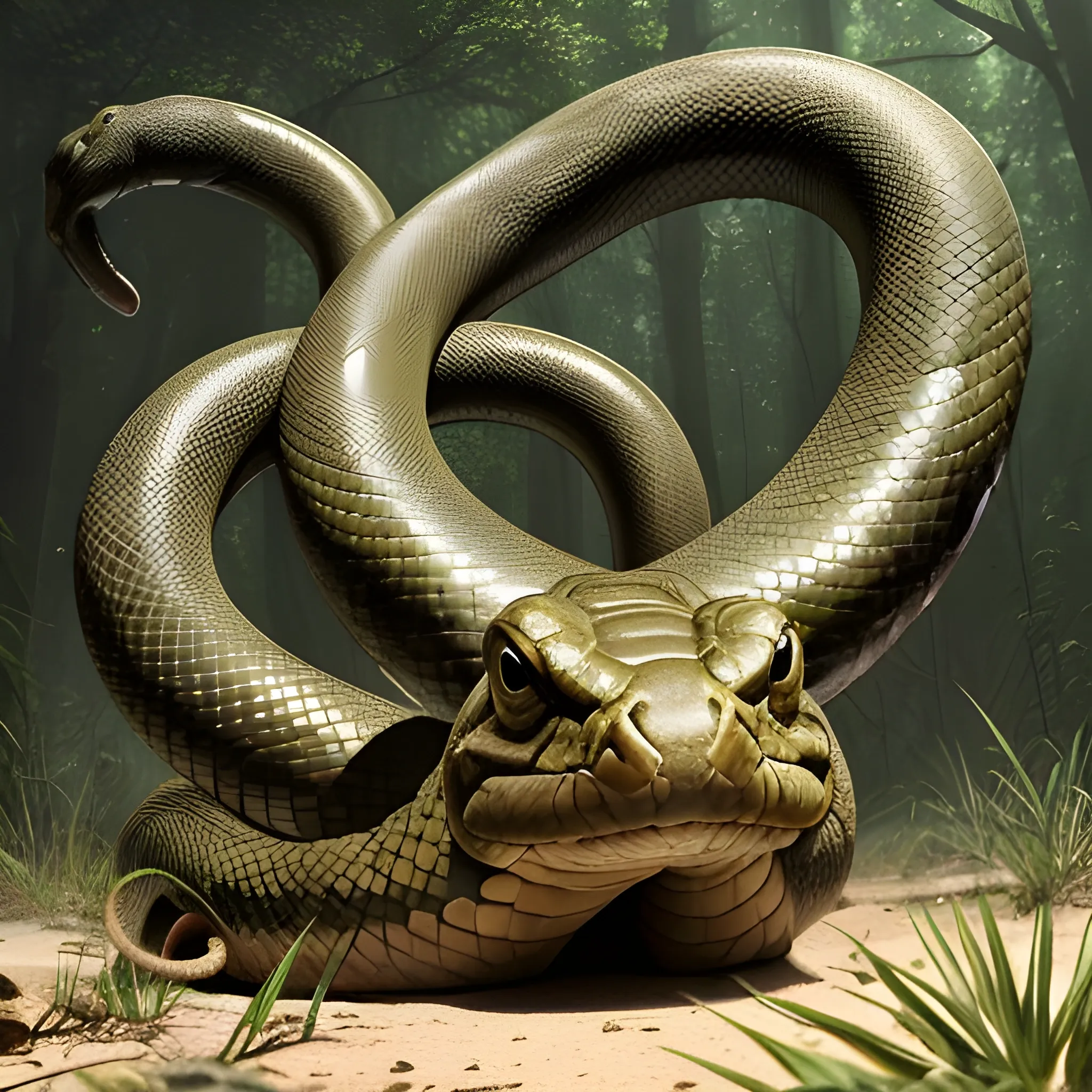
Appearance: The Giant Constrictor Snake is an enormous and intimidating reptile , a massive version of its smaller counterpart. It is a sight to behold , with a length that can reach up to 30 feet or more and a girth that makes it a formidable predator. The snake's scales can have various colors , ranging from earthy browns and greens to patterns that blend in with its environment. Its head is large and triangular , equipped with sharp teeth for grasping and holding its prey. Features: As its name suggests , the Giant Constrictor Snake possesses immense strength , allowing it to overpower and crush prey with its powerful coils. Despite its size , the snake is incredibly agile and swift , capable of striking with lightning speed when attacking. It is a non-venomous predator , relying on its constriction technique to subdue and immobilize its prey before consuming it. Habitat: Giant Constrictor Snakes are usually found in areas with an abundance of large prey , such as dense jungles , swamps , and even underground tunnels or caves. They are equally at home in terrestrial environments or in aquatic habitats , making them versatile hunters. In your DND world , they might inhabit untamed wilderness areas , guarding ancient ruins , or lurking near water sources. Behavior: Like their smaller counterparts , Giant Constrictor Snakes are solitary creatures and prefer to hunt alone. They are opportunistic predators , preying on a wide range of creatures , from smaller animals to larger beasts. Giant Constrictor Snakes have a keen sense of smell , which allows them to detect potential prey from a distance. Role in the World: In your DND world , Giant Constrictor Snakes could be apex predators , feared and respected by other creatures in their territory. They might be guardians of sacred places or serve as the subjects of local legends. Druids and rangers might view them as powerful symbols of the untamed and natural world. Encountering a Giant Constrictor Snake in the wild is a perilous and memorable experience for adventurers. The snake's size and strength make it a deadly foe , capable of overpowering even well-armored individuals. Players must exercise extreme caution and strategic thinking when dealing with these formidable predators. Fighting a Giant Constrictor Snake often involves a combination of ranged attacks , mobility , and teamwork to avoid its crushing coils and deliver damaging blows. The presence of Giant Constrictor Snakes in your campaign can add an element of danger and excitement to wilderness encounters , making players wary of exploring areas where these colossal serpents might lurk. ,

ciberpunk , soccer player , dynamic pose; Artgerm , Wlop , Greg Rutkowski; the perfect mix of Emily Ratajkowski , Ana de Armas , Angelina Jolie and Adriana Lima as a warrior princess; highly detailed tan skin; beautiful long hair , extremely detailed eyes; low-cut black leather top; wielding a trophy; Flames in the background; Lumen Global Illumination , Lord of the Rings , Game of Thrones , Hyper Realistic , Hyper Detailed , 8k , ,

